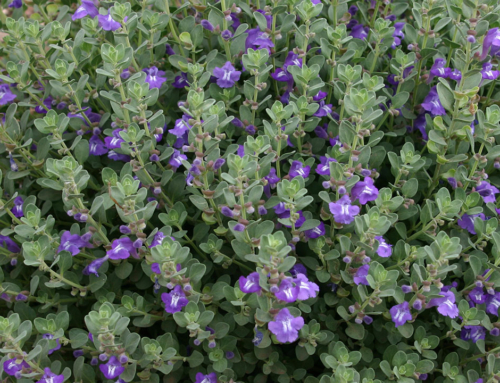By Theresa Rooney, Hennepin County Master Gardener
The word “permaculture” was first used in 1978 by Bill Mollison, an Australian ecologist, and one of his students, David Holmgren. It is a contraction of “permanent agriculture” or “permanent culture.” Permaculture can be described as designing ecological human habitats and food production systems. It is a land use and community building movement which works towards the integration of human dwellings, microclimate, annual and perennial plants, animals, soils, and water into stable, productive communities. The focus is not on the elements themselves, but instead on the relationships created among them. Mimicking the patterns found in nature further enhances this synergy.
Wow, that sounds pretty involved doesn’t it? Well it is and it can be, but anyone can incorporate permaculture into their way of gardening at any level. Use just one aspect of permaculture, for example, build healthy soil and do not disturb the healthy soil by yearly tilling and you will see an increase in the health of the plants and you see the plants become more productive, the weeds are crowded out and pollinators and insect predators abound.
Each small step reinforces the previous step and opens the way for the next. Soon you will notice that you, the human component in this garden, need to do little work and yet can reap many benefits. The plants seem to ‘take care of themselves’. This is what nature does when allowed to function sustainably. The individual systems interlock.
Problems are not problems but opportunities to refine the systems, to create new connections. Nature is studied and copied.
- Walking paths are set up to copy the veins in a leaf. The paths start larger, and then branch off to smaller less used paths that wind their way between plants.
- Water is captured and stored in plants and in the ground (or in rain barrels) for use later.
- Plants are grown to draw up the deep minerals and nutrients, and then the plants are used as a mulch to release these minerals and nutrients to plants with less deep root systems.
- Carbon is sequestered. Energy is recycled and recycled time and time again.
Nothing goes to waste, and nothing is lost. Vast inputs of time, energy, fertilizer, and chemicals become things of the past. The entire system operates efficiently. We can garden using permaculture as our guide and we also can build our communities to become just as strong using similar reinforcing connections.
You can start using permaculture methods quite easily. In fact if you are composting, collecting rainwater, gardening organically, growing heirlooms or any other number of ‘sustainable’ activities you are already on the permaculture path.




